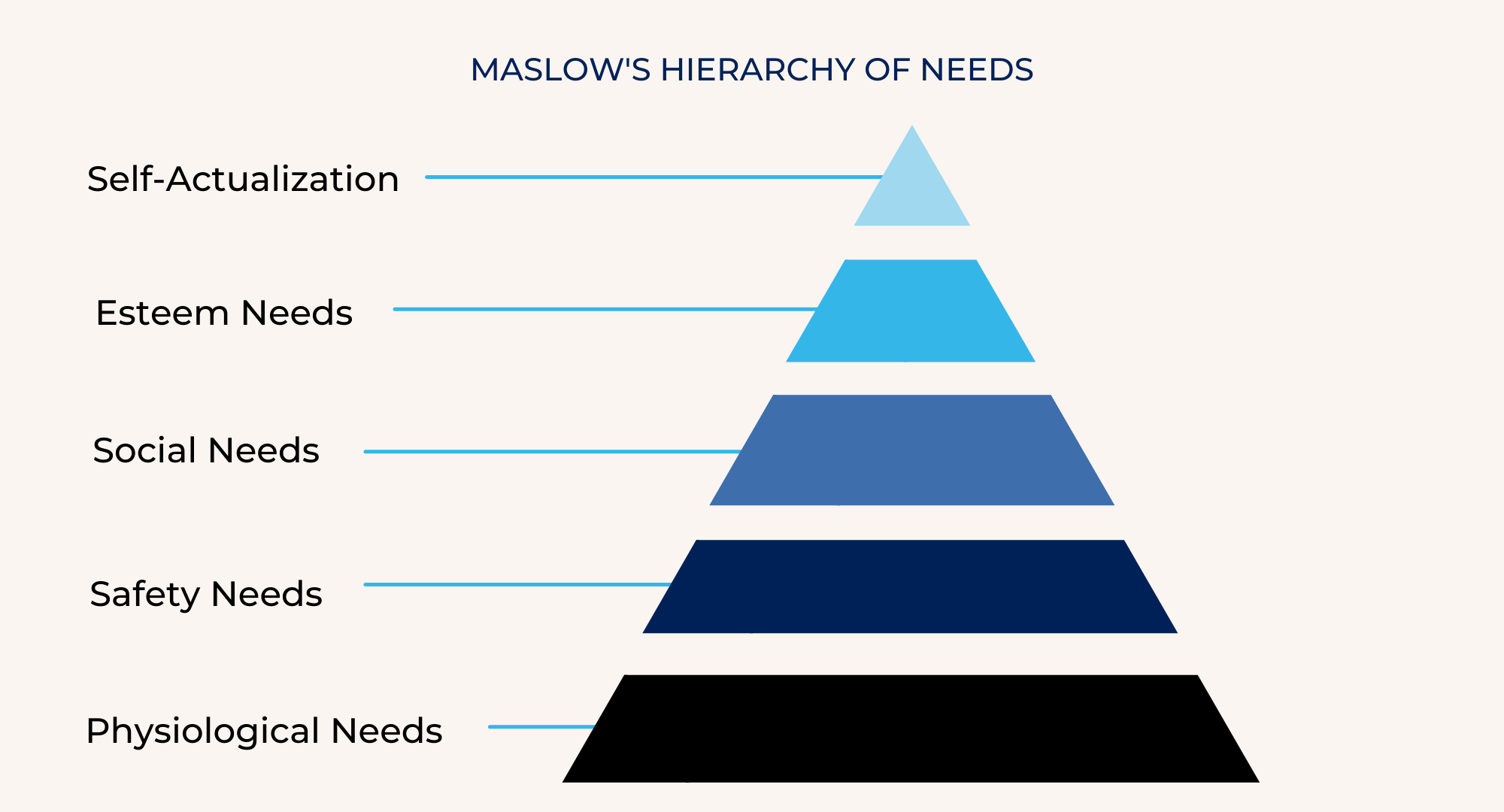Motivation is a process that helps to direct the learner’s internal energies towards various goals and objectives in his environment (Reilly and Lewis, 1983). Motivation is an internal state of a child, which is hypothetical and inference is done based on this hypothesis. This internal state gives birth to some actions. There are different theories and approaches to motivation in Child Development for CTET exam.
These approaches to motivation for Child Development in CTET are mentioned as follows in detail.
Behavioristic Approaches to Motivation – Child Development CTET
Behaviouristic approach to learning is associated with rewards, incentives etc. It is also associated with reinforcement and its schedule. Behaviorism is a school of thought and includes the work of Thorndike, Pavlov and Skinner. Thorndike has given three laws of learning named law of readiness, law of exercise and law of effect. Out of these laws, the law of effect is more associated with motivation.
The law of effect says that a person will repeat a work if the outcome of the work is good and satisfactory. This good outcome motivates a person to do that work again and again. This motivation is extrinsic because its locus is outside the person and external factor influences behaviour. This good outcome can be a reward (an attractive object or event supplied as a consequence of good behaviour) or an incentive (an object or event that encourages or discourages behavior).
Behaviouristic approach to motivation believes that result after behaviour or consequence of behaviour increases or decreases the possibility of repetition of a work. Skinner called it reinforcement. He talked about two kinds of reinforcement named positive and negative reinforcement. Strengthening behaviour by presenting a desired stimulus after the behaviour is known as positive reinforcement, whereas, strengthening behaviour by removing an averse stimulus when the behaviour occurs is known as negative reinforcement.
Humanistic Approaches to Motivation
Humanistic approach to motivation emphasizes personal freedom, choice, self-determination, and striving for personal growth. This school of thought came to existence in 1940’s and argued that the explanations given by behaviorism, Freudian theory and so on about why people act as they do is not appropriate. The humanistic approach emphasizes more on intrinsic motivation, where personal needs are the source of motivation for self-actualization. According to the humanistic approach, motivation encourages internal sources such as self-esteem, autonomy and so on. Under humanistic approach to motivation, Maslow’s theory is very influential and important.
The basic focus of humanistic approach is on:
- Uniqueness of the pupil.
- Teachers attitude towards children (he or she should be culturally sensitive).
- Empathy.
Maslow talked about seven needs and categorized them in two broad categories named deficiency needs and being needs (As referred by Woolfolk, Anita). Deficiency needs are also known as lower level needs, which include survival needs, safety needs, belonging needs and self-esteem needs. Whereas, being needs are known as higher level needs which include the need of intellectual achievement, need of aesthetic appreciation and need of self-actualization. These needs can be seen in the given pyramid.

In brief, Maslow explained how human needs keep changing throughout life. His theory is focused on individuals and uniqueness of individuals and placed the different human needs hierarchically form basic needs to advanced needs; where, a person must achieve lower level needs to proceed towards higher level of needs.
Cognitive Approach to Motivation
Cognitive understanding of motivation believes that we always try to make sense or meaning of our own and others’ act or behaviour, and search for reason for the action. We always think about what we do and what we achieve. We ask to ourselves: “Why did I fail?” or “Why did I get the first position in class?” We also try to attribute something to these failures and successes. One may think that he failed because of his mood, lack of knowledge, bad luck and so on. The same kind of attribution goes for others’ successes and failures. This is known as attribution theory, which considers the individual’s explanation, justification and excuse to play a major role in motivation.
According to Attribution theory, all human beings have an innate desire to be aware about their success and failures. Attribution theory explains that there are common attributions such as trial, destiny, hard-work, complexity of task and so on. The cognitive theory of learning and motivation explains the relationship between cognition and motivation and says that the need and desire to understand is central to motivation. People are motivated by the need to understand and make sense of the world they are living in.
Socio-cultural Approaches to Motivation
The socio-cultural view of motivation believes in community practices and emphasizes the role of communities in one’s development and motivation. This approach believes that becoming and participating in a community (class) motivates naturally, because the person feels that he or she is a part of the community. Situated cognition approach in learning psychology emphasizes on this aspect of motivation. In addition, the constructiveness approach also favors the socio-cultural approach to motivation.
This approach believes that we learn and get motivated by observing and interacting with more capable persons of society. In the same way, we also learn to be students by watching and learning from members of our school community and we learn from the company we keep. Therefore, the socio-cultural approach to motivation emphasizes participation, identity and interpersonal relations within communities of practice.
Conclusion
Motivation is an internal state that arouses, directs and maintains behaviour. Needs, drive and incentives play an important role in motivation. There are many driving factors of motivation such as the need to succeed, development of positive self-concept, competency drive and control over environment, ability or desire to resolve the conflict and desire for stimulation. Intrinsic motivation is related with activities that act as their own reward. Extrinsic motivation comes from outside in the form of reward and punishment. Objective of learning, rewards and punishment, progress and result, cooperation, level of aspiration etc. play a significant role in motivation These were the important approaches to motivation for Child Development Pedagogy in CTET exam.

The most comprehensive online preparation portal for MBA, Banking and Government exams. Explore a range of mock tests and study material at www.oliveboard.in
